Jumping away from the base mechanics or visuals of the game, I want to now focus on what we as players are hearing (or reading) in game. By this of course I mean dialogue, the words being communicated between characters in a game. For this discussion, I’m going to talk about what purpose dialogue serves in gaming, the different forms dialogue is demonstrated, and even the pros and cons to these styles of dialogue. Let’s get into it, shall we?

So the first question is: what purpose does dialogue serve? Why do games input dialogue? First, the biggest reason that dialogue is put in video games is to aid in a goal we game designers call “suspension of disbelief”. By this term, we mean that we want those who play the game to totally forget that they are just playing a game, to feel like that they are really inside this digital world. Some gamers may refer to this quality in a game as ‘immersion’.
Thus, if there are characters in a game, such as the player’s character and other NPCs, it makes sense that some dialogue between the characters is a lot more believable than awkward silence. However, it is important that the dialogue said between characters must be believable and realistic to what the game is meant to represent. Take the example above. This is clearly terrible dialogue, as it makes no sense in terms of grammar and the situation. Mind you, this example comes from the Legend of Zelda series, though this only happened in one of the titles.
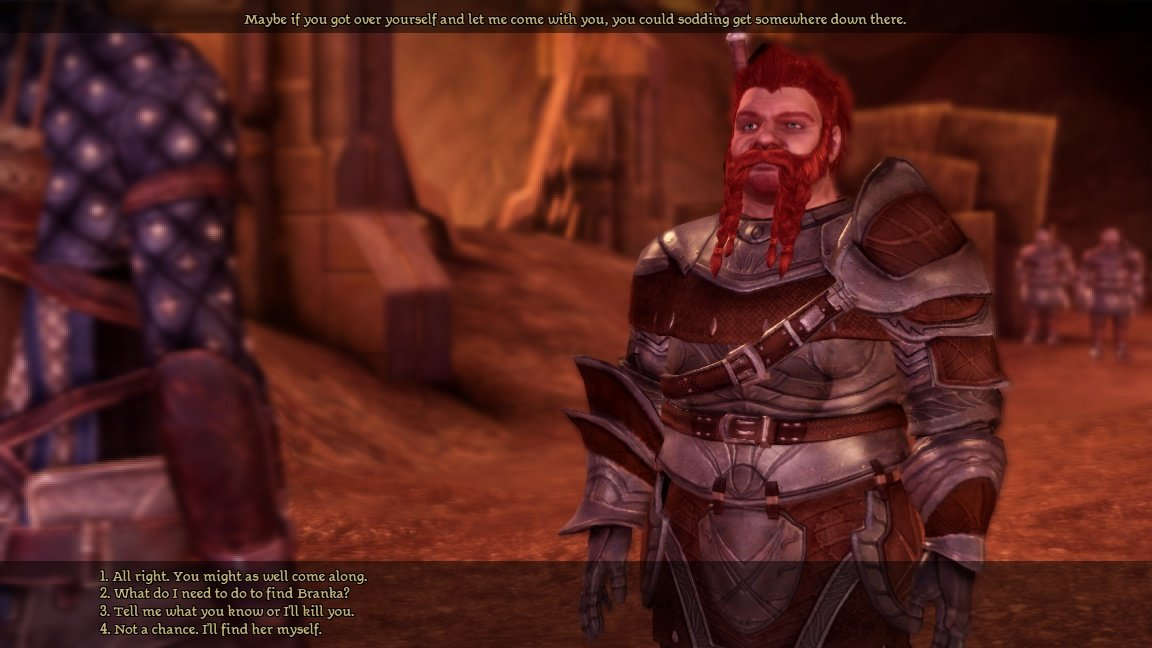
The picture above is an example of much better dialogue and shows off the other reason for dialogue in a game; variety. Aside from the visuals and mechanics that games offer, having something to hear or read can help spice up the gameplay experience. It adds even more depth when choices are given to the player, which is a great segue into the next part of this discussion: types of dialogue.
As the picture of Dragon Age: Origins suggests, one of the most current forms of dialogue in gaming is through branch conversation. By this, I mean that developers take the time to write out each conversation the player could have with an NPC and give those conversations different responses. In terms of Dragon Age, most of their responses portray either a peaceful, humorous, or aggressive personality. The pros to using this specific type of dialogue is that it provides players with the illusion of choice. The cons to this is that the player may not find certain responses to match what they want to say, thus breaking immersion for the player. In addition, branching dialogue takes a lot of thought and patience to write, thus it can either be extremely creative and fun or a total nightmare for the development team. Below are examples of other games that utilize branching dialogue.

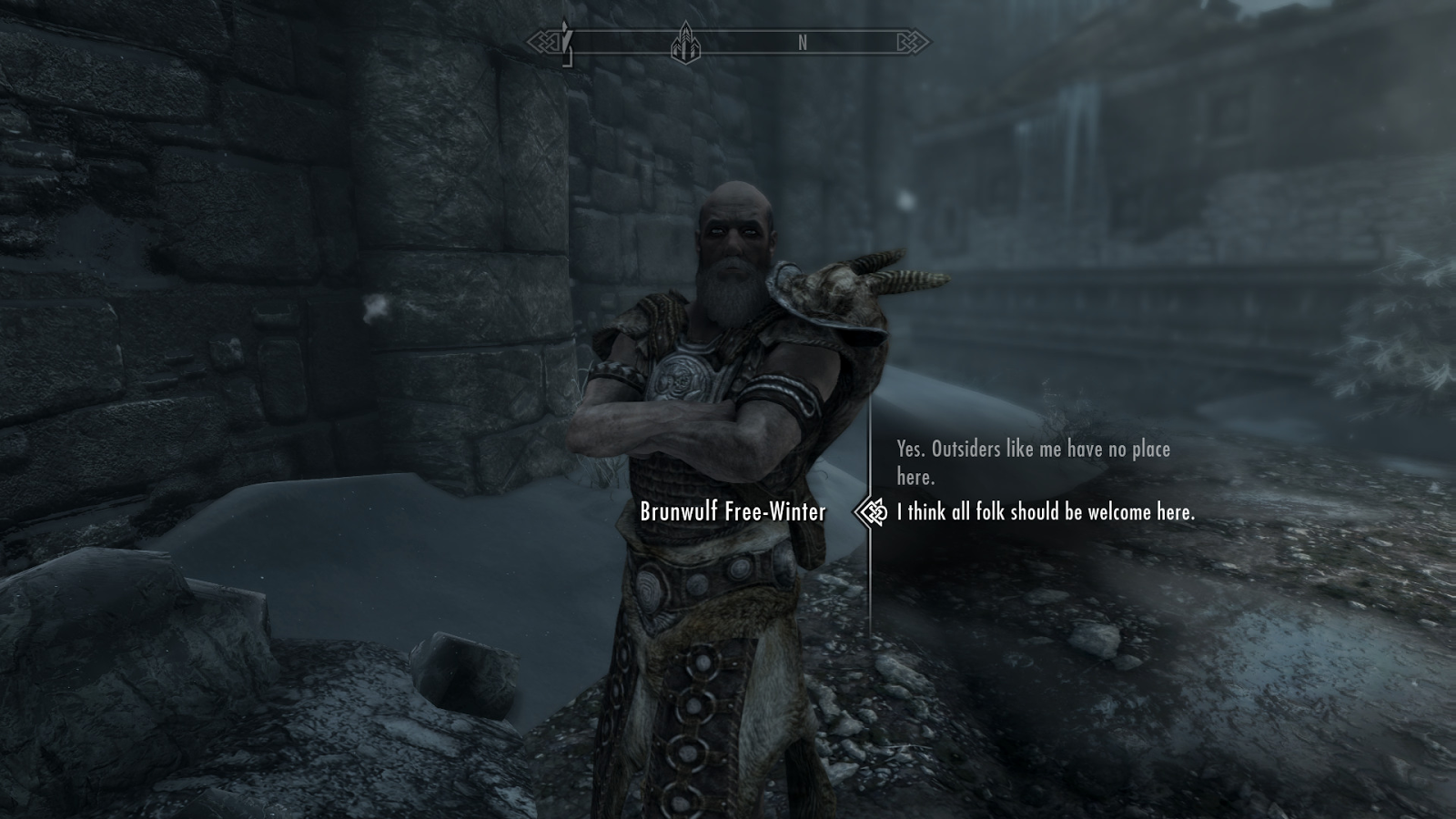
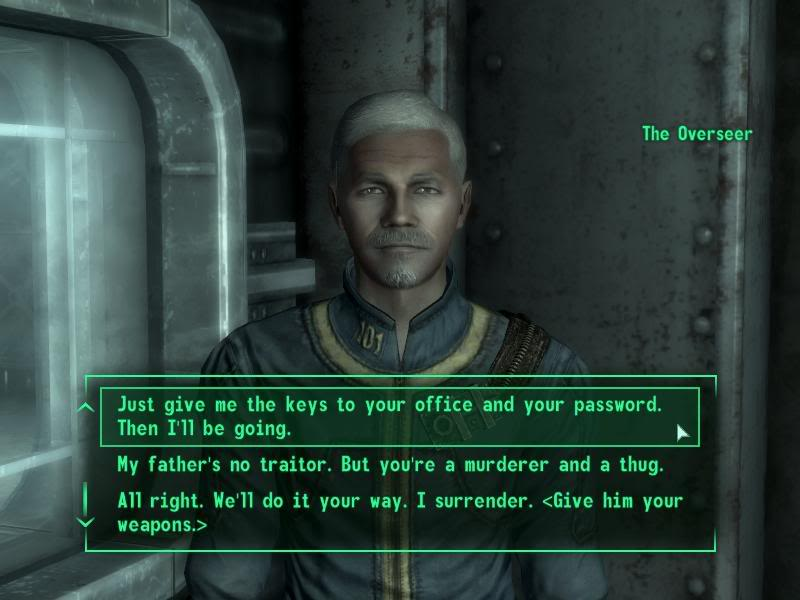

Another type of dialogue that developers utilize is text dialogue. For the most part, this is only used when a game is intended to not have any voice acting, thus words that are exchanged between the player and NPCs is shown through text. In addition, they are often input in a more linear story, though have choices is possible. To help with variety, the text can be amplified with some SFX, like making a noise every time a line is said.
For the most part, the pros to this type of dialogue is that players can use their imagination to figure out what a character’s voice would sound like and developers don’t have to pay for voice actors (though I love voice actors). The con to this is that it almost forces the player to read everything, often times the most important things are in the dialogue. And it is known that many players have tendency to simply skip over long lines of text, thus missing a part of the experience. Nonetheless, text dialogue is still an effective type of dialogue to use. Below are examples of games that utilize text.

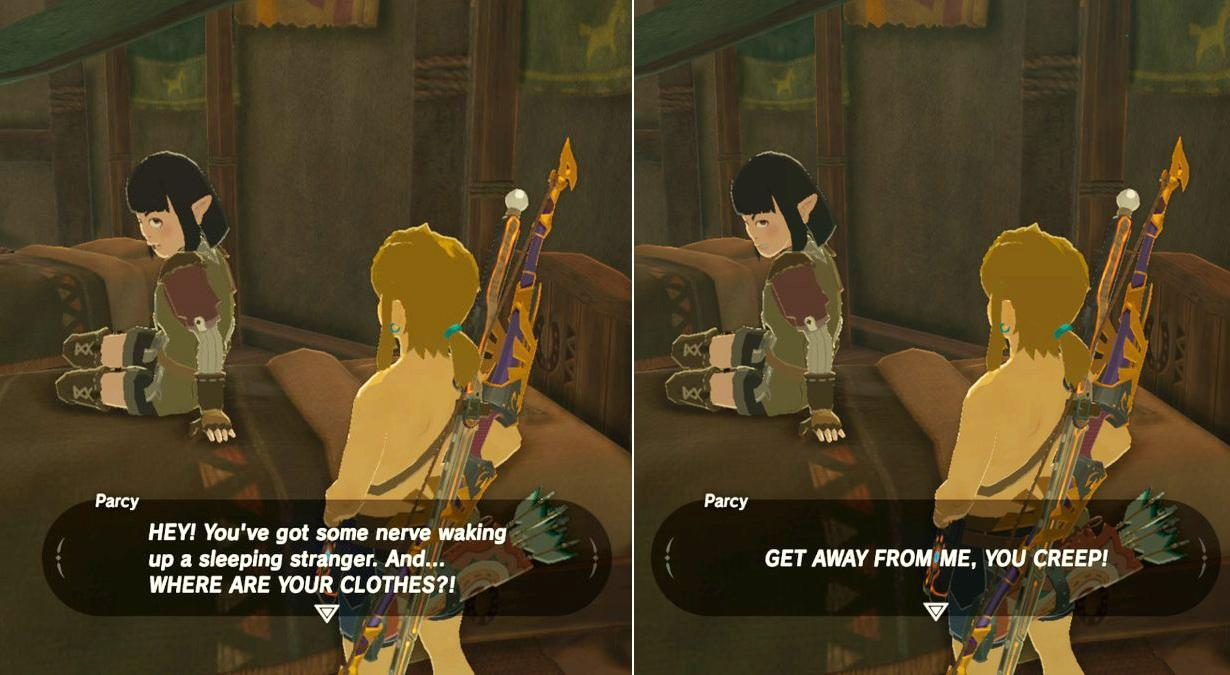

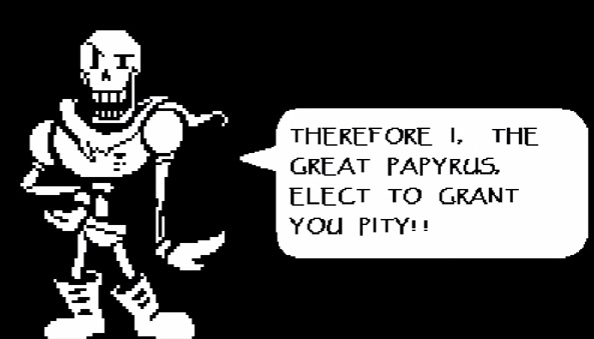
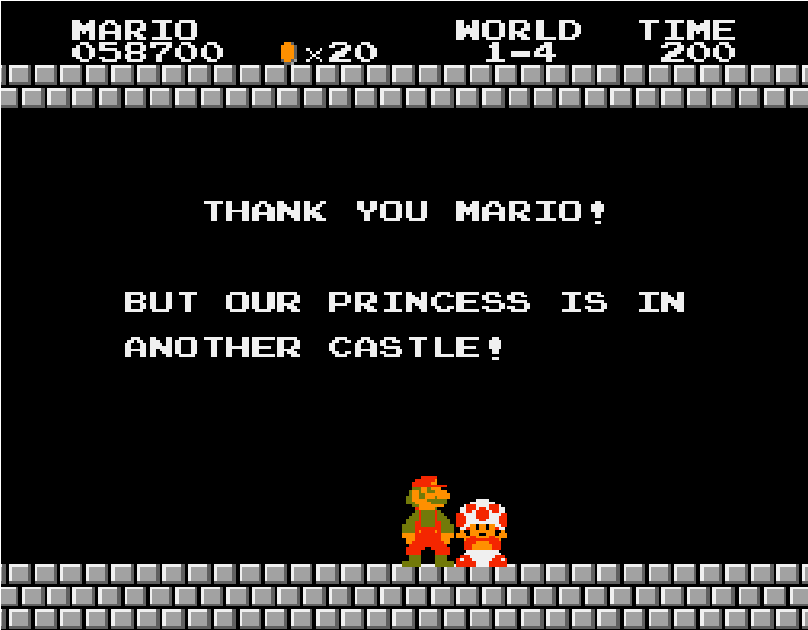
The only other type of dialogue that can still be seen in games today is through cutscenes. While it may be rare for games to do this, some games may present dialogue through cutscenes alone. That means there is little to no text or talking in general when out of a cutscene. The pro to utilizing this specific type of dialogue is that cutscenes can often look the best aesthetically and developers can make it look exactly how they pictured it. The con however is that it’s less interactive for the player, which also lowers immersion. Below are examples of games that utilize cutscenes more than most.
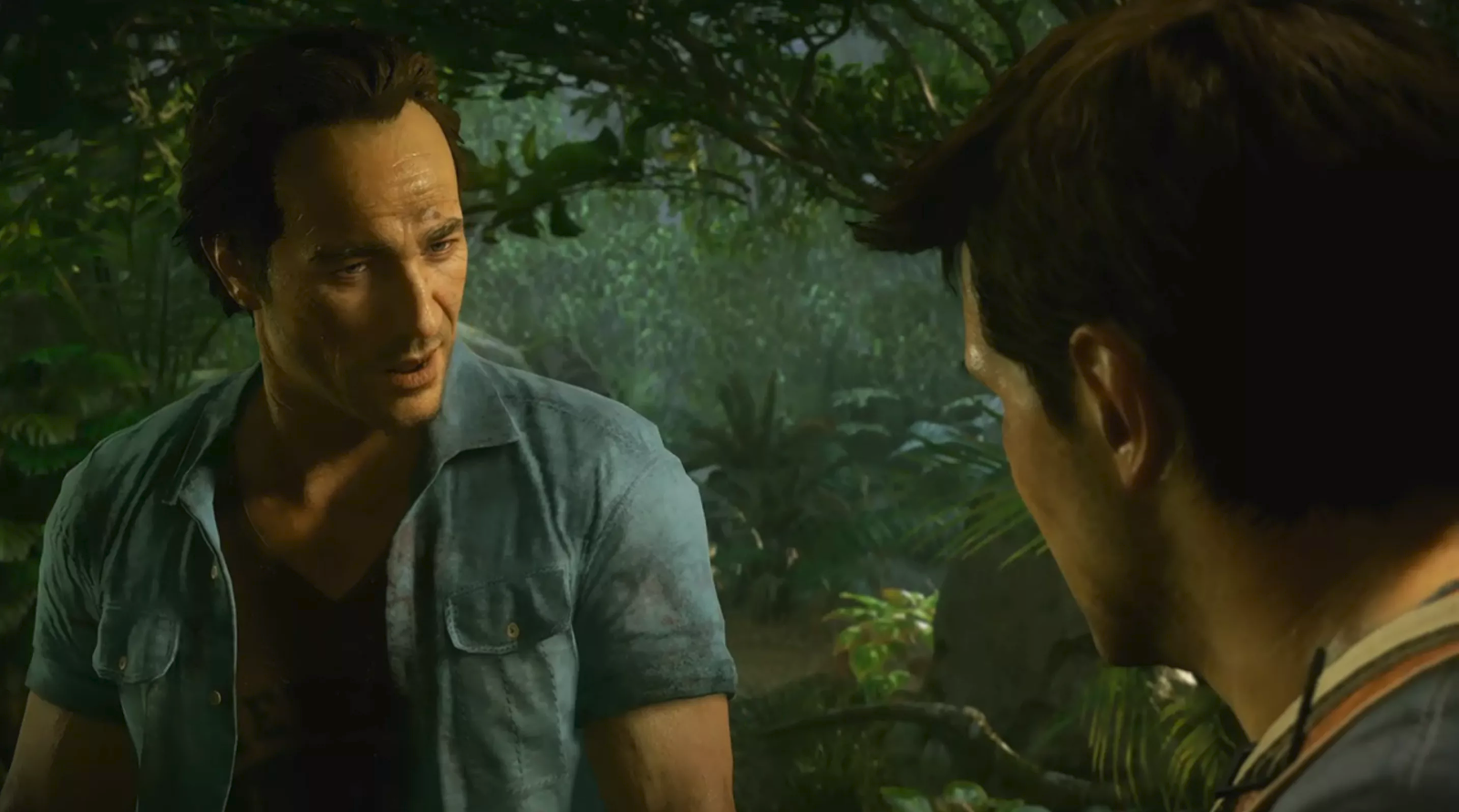
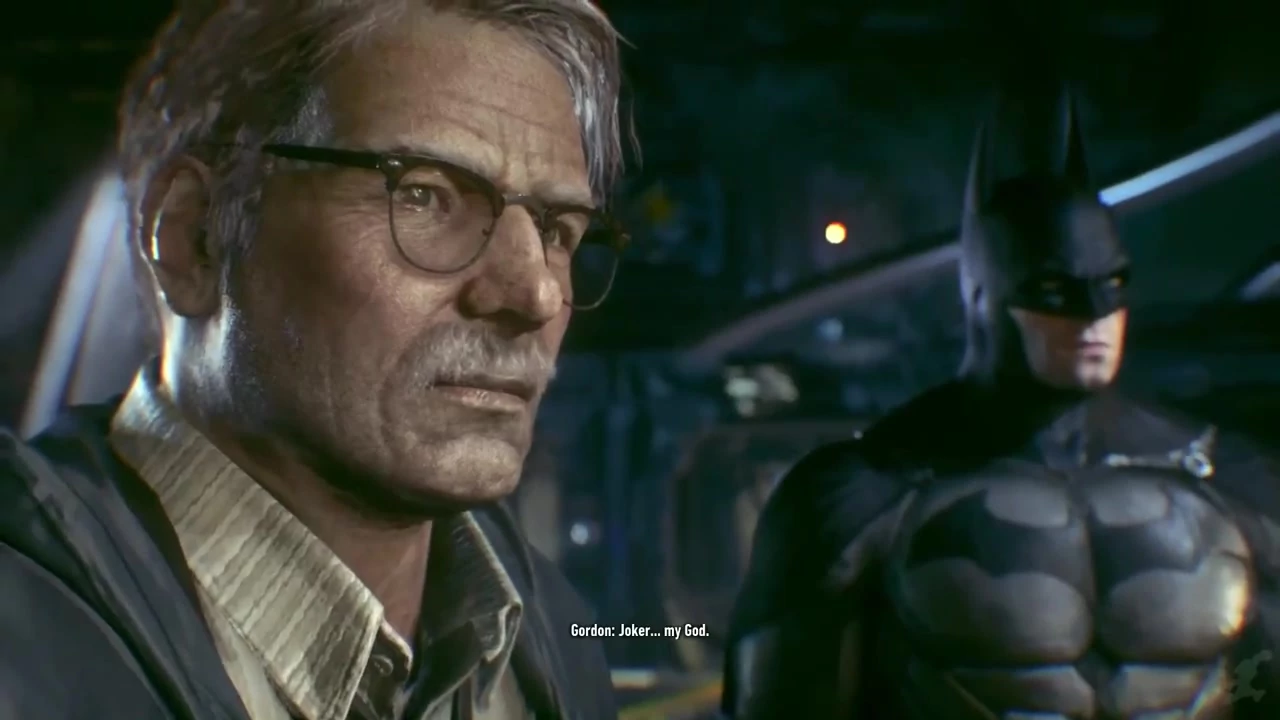
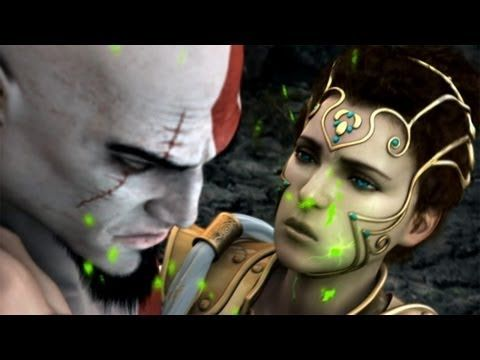
So as we can see, dialogue comes in quite a few forms, but they are all effective in their own right. Imagine what would happen if a game had absolutely no dialogue? It would be a terrible, quiet and empty experience. Personally, I love branching dialogue, having the illusion of choice and hopefully seeing that those choices actually changed the outcome. Plus, it gives me some more reason to replay the game.
I’d love to hear your preferred type of dialogue and why you prefer it. Other than that, this is the end of my dialogue.


